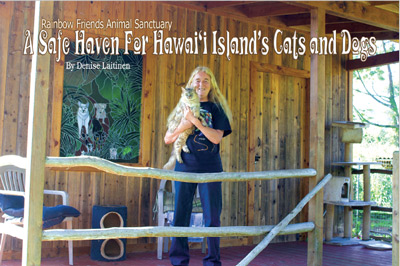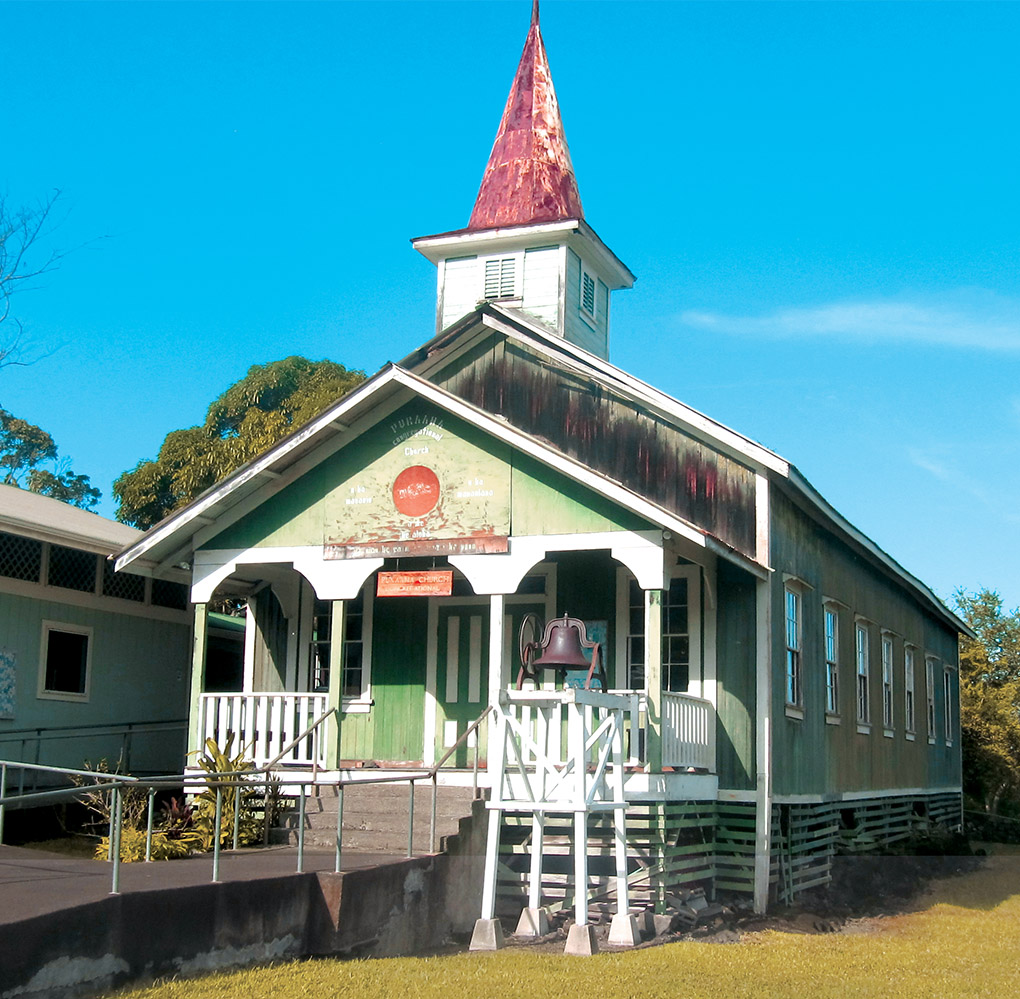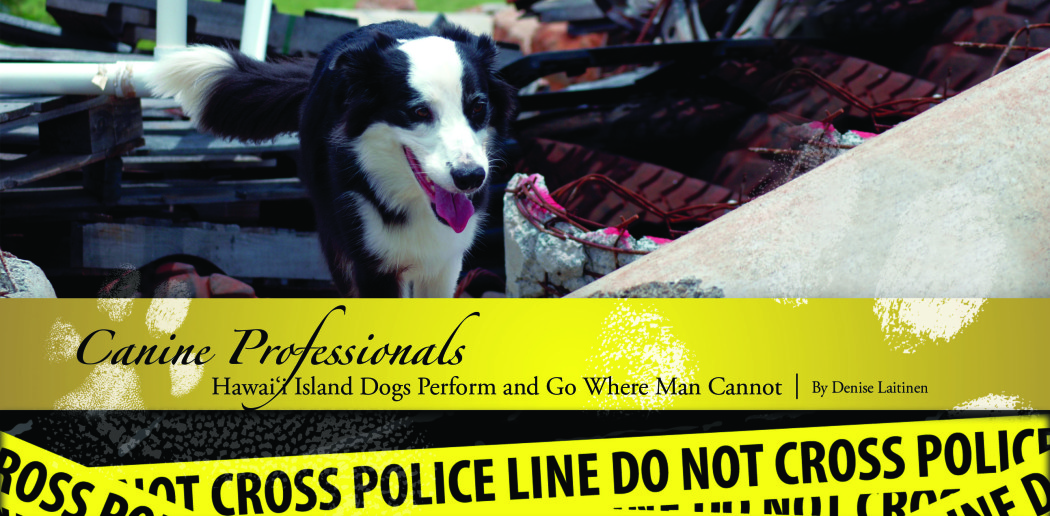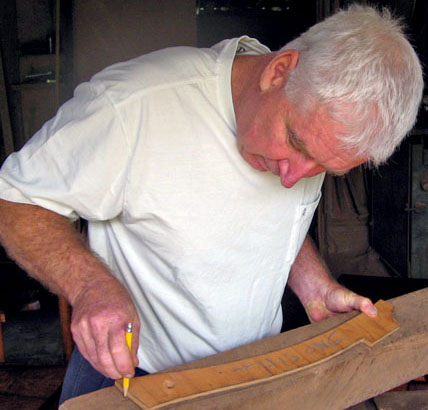
A Safe Haven For Hawai‘i Island Cats and Dogs
 It’s a typical Monday morning for Mary Rose Krijgsman and the crew of dedicated volunteers who are busy feeding the more than 250 cats and 78 dogs plus several chickens and pigs at the Rainbow Friends Animal Sanctuary in Kurtistown. Everywhere they go on the seven-and-a-half-acre property they are met with a chorus of meows and barks from the grateful residents of the facility.
It’s a typical Monday morning for Mary Rose Krijgsman and the crew of dedicated volunteers who are busy feeding the more than 250 cats and 78 dogs plus several chickens and pigs at the Rainbow Friends Animal Sanctuary in Kurtistown. Everywhere they go on the seven-and-a-half-acre property they are met with a chorus of meows and barks from the grateful residents of the facility.
It’s a daily chore that takes hours and no small amount of pet food. Any given month, the animal sanctuary goes through 1,125 pounds of cat kibble (an entire pallet of 45-pound bags from Costco, each bag weighing 25 pounds); 480 large cans of wet cat food, 2,250 pounds of dog kibble and 300 large cans of wet dog food.
After feeding the animals, the staff and volunteers tend to the emotional, spiritual, and mental needs of every animal. Some volunteers take dogs for walks, others play with the kitties. Still others groom the animals, do “pooper scooper” duty, and help out in the office or any of the number of chores that come with the daily care of 325+ animals. Even with a staff of five and roughly four-dozen volunteers there is always work that needs to be done and more volunteers are always welcome. Petting cats and playing fetch with dogs may not sound like work, yet it is vitally important to the well being of the animals at the sanctuary, helping their socialization as they await adoption. It is this caring for an animal’s four elements of needs: emotional, spiritual, physical, and mental on a daily basis that is at the very heart of Rainbow Friends Animal Sanctuary.
“To me personally, we all are spiritual beings having a physical experience on this planet,” says founder Mary Rose Krijgsman. “It’s true for people and I also think it is true for animals. With animals you very much see that the intelligence is in the heart.”
A native of the Netherlands, Mary Rose got the idea of starting a no-kill animal sanctuary in 1999 after visiting Best Friends Animal Sanctuary in Utah. After she and others formed a nonprofit group and bought the Kurtistown property, Rainbow Friends Animal Sanctuary officially opened in May 2001. Within seven months they were caring for 50 dogs and 75 cats.

As a no-kill facility, when Rainbow Friends Animal Sanctuary takes in a cat or dog, they do so with the knowledge that they’ll meet the needs of that animal for the rest of its natural life. Animals here are not euthanized if a home cannot be found for them.
Over the years, the group has grown, as have the number of animals it cares for. Today there are nine catteries with 25 cats per cattery. Dogs are housed in large kennels complete with custom-built dog houses and other dogs for companionship. Dogs are housed depending on their situation and temperament.
For instance, Eva, a small black and white terrier, was left at the sanctuary pregnant and her hind legs paralyzed as the result of being hit by a car. The team at Rainbow Friends cared for her during her pregnancy and found homes for her puppies when they were old enough to be adopted. One of the volunteers built a wheelchair for Eva to aid in her mobility. She has a sweet disposition and curiously greets everyone that enters the pet clinic that encompasses the first floor of the Sanctuary’s main building.
“Our animals come from a variety of directions, from abuse or neglect,” says Mary Rose. “They come from homes that have too many animals or from homes whose people are moving to another island or state and are not able to take the animals with them.” In some cases, the owners have died.
Upon intake by the shelter, cats and dogs go through similar steps. Dogs are taken to a veterinarian to get a heartworm test and a physical. They are then started on a deworming program, flea and tick preventative and heartworm preventative (or heartworm treatment if it’s determined that they are heartworm positive.)
Cats go through a similar process, going to the vet for a physical and in their case, are also tested for AIDS and feline leukemia. Mary Rose says those cats that are FIV positive (a disease similar to AIDS in humans) are housed in a separate cattery just for FIV cats.
Based on the dog or cats age and gender, they are then spayed or neutered and microchipped. Volunteers clip the nails and clean the ears of the dogs and cats and treat them for any skin conditions.
Once the dogs and cats go through their health screening and grooming, they are then assessed to determine their adoptability based on socialization, eagerness to be with a person, as well as age and health.
“A lot of them are adoptable,” says Mary Rose, noting they have cats and dogs in a variety of sizes, ages, and breeds. “For the right person every animal is adoptable.”
“Even the more difficult ones are adoptable,” says Mary Rose. “We have dogs that are not good with cats so they are very adoptable to people without cats. Likewise, we have some dogs that would be better off as the only dog in a household, because they don’t get along well with other dogs. We have semi-feral cats that would be great on a farm as mousers.”
Mary Rose says there is hope even for feral cats and dogs. “Weve seen feral dogs and feral cats become totally tame. Our domesticated cats and dogs teach them that it is ok to be touched and sit on a lap.”
Staff and volunteers work hard to find permanent homes for all the animals at the sanctuary. The facility is open to the public for adoptions daily from 10am to 3pm and holds monthly adoption events at Aloha Pawz in Hilo. Plus twice a year Rainbow Friends holds large adoption events at the sanctuary complete with tents and festivities during which they offer two for the price of one adoption. The regular cost of dog adoptions is $75 and cats are $45, which covers vaccinations, deworming, spay/neuter, flea and tick treatment, and microchipping.
People interested in adopting an animal can spend time with a prospective pet at the adoption cottage in order to get to know an animal before they adopt him or her. Built in 2012 with funding from a grant given by the Petco Foundation, the adoption cottage simulates a living room environment with a sofa, table and chairs.
“People can bring an existing pet to see if it gets along with a cat or another dog,” says Mary Rose. If people already own a dog and are looking to adopt a companion for that dog, they can go play at the “pond,” an enclosed park-like setting complete with a small pond and covered pavilion in which dogs can spend time playing and getting to know other dogs.
Before adopting out a dog, the staff from Rainbow Friends conducts home checks to see the life that the adopted dog is going to have. “We want to prevent future chaining of an animal,” says Mary Rose, noting that they will not adopt dogs out to be used as hunting dogs.
“We want to see if the dog will be an indoor or outdoor dog and help people with suggestions as to what will work well for a dog in their new environment.” She stresses that having a fenced property is not mandatory.
Home visits are not required for cat adoptions, although new owners are required to keep the cat inside for two weeks so the animal can get accustomed to its new home.
Because they are a no-kill sanctuary, Rainbow Friends can only take in animals as space allows, which makes finding homes for animals already at the sanctuary imperative.
The group works with other animal rescue and foster groups on Hawai‘i Island and is actively seeking people willing to foster dogs and cats. Foster volunteers take care of a particular dog or cat, usually kittens and puppies, in order to help socialize animals and aid in them finding a new home.
“We’ve taken in animals from across the island and we adopt out to all the [Hawaiian] islands and other states on the mainland and even Europe.”
They are also looking for volunteer dog trainers to help train the current dogs at the sanctuary in order to aid the dogs in their chances of being adopted. To that end, some volunteers bring dogs to the Kukini Dog Agility Club in Hawaiian Acres every week to help the dogs be socialized and trained.
Mary Rose says pet overpopulation and backyard breeding continue to be an issue. The group offers low-cost spay/neuter clinics for cats and dogs on a monthly basis and has spayed or neutered more than 1,250 cats and dogs per year.
They also do outreach in the schools to teach children about pet care.
There is also the continual dual challenge of caring for increasing amounts of animals while trying to find funding for their care. There are times when the sanctuary cannot take in animals because they are at capacity, however that doesn’t stop people from dumping animals or even, in some cases, leaving the animals tied to the sanctuary’s front gate in the middle of the night.
While the sanctuary receives grants for larger projects, such as the adoption cottage and the spay/neuter clinics, the group relies heavily on donations for daily operations.
“It’s very difficult to get grants for general operations,” says Mary Rose. “Food and vet requirements are two of our biggest needs,” says Mary Rose. “We receive donated dog kibble and donated wet food from people and stores around the island. It’s very, very helpful,” says Mary Rose of the community support. She is also tremendously grateful for the dedication and loving care shown by the volunteers over the years.
The staff and volunteers of Rainbow Friends continue to strive to end pet overpopulation.
“Our vision is a no kill Hawai‘i,” says Mary Rose, “that is all the islands of Hawai‘i do not euthanize for reason of overpopulation.” As the dedicated group of staff and volunteers work towards that goal, they continue to provide loving care to all the animals at the sanctuary while encouraging more people to foster and adopt furry friends.
For more information on Rainbow Friends Animal Sanctuary, become a volunteer, or to make a donation, go to rainbowfriends.org.
Rainbow Friends is in need of:
- Volunteers: dog walkers, play with kitties, cattery cleaning, dog trainers who can help train dogs in basic commands, and fosters who can care for animals in their home while they await adoption.
- Towels
- Six-foot long dog leashes
- • Medium size dog collars
- Tidy Cats cat litter
- Pedigree dog food (they go through 75 pounds of dog kibble and 10 large cans of wet dog food a day).
- Kirkland brand dry cat food
One dogs’s story–How an ‘unadoptable’ dog found her forever home
By Denise Laitinen
Even the most unadoptable of dogs can find loving homes if given a chance. The dog I adopted from Rainbow Friends Animal Sanctuary is proof of that. Winnifred’s situation is also proof of the difference volunteers can make at Rainbow Friends.
In Fall 2009, I came across a picture of Winnifred, a large Rottweiler mix that had recently been taken in by Rainbow Friends. When I visited the facility to inquire about adopting her, I was told that she was not considered adoptable and would remain for the rest of her life at the sanctuary. Her previous owner had kept her on a chain staked to the ground for years and then left her at the sanctuary. She had never been inside a house, never been given affection, nor exercised and was heartworm positive. Rottweilers are by nature a strong breed and having had no training or affection her entire life, she was a force to be reckoned with both on and off leash.
Six months later, I happened to run into a volunteer from the sanctuary who remembered my interest in Winnifred. She said a dog trainer volunteering at the sanctuary had achieved dramatic results training her. I visited Rainbow Friends once again and the change in Winnifred was startling. Thanks to the efforts of an experienced dog trainer volunteer and the caring staff, Winnie now knew basic commands and was leash perfect—no pulling, no tugging.
After bringing my other dogs to the shelter for a “get to know you” visit, I wound up adopting Winnie. For the first time in her life Winnie knew life inside a home. She quickly took to my sofa and bed—and at 120 pounds she literally took up most of the bed!
Winnifred turned out to be a big love bug and despite her size, thought of herself as a lap dog, trying to sit on my lap while I typed away at my computer. She loved playing with toys and other dogs. To her, everyone was her friend and she greeted them all with a smile and wag of her tail, not realizing some people were scared of her because of her size.
Winnie taught me not to judge a book by its cover and that love and training can make remarkable transformations. She was a loving dog who saw the best in everyone despite coming from a background of neglect. Not all the animals at Rainbow Friends are adoptable, but Winnifred is proof that positive reinforcement, good training and lots of affection can result in a happy, long-term adoption. Sadly, Winnie died suddenly about a year and a half after I adopted her. Although my time with her was not nearly as long as I would have liked, instead of spending her life at a shelter, Winnie knew the dog joys of car rides, swimming at the beach, and naps on the sofa.
Contact writer/photographer: Denise@DeniseLaitinen.com


